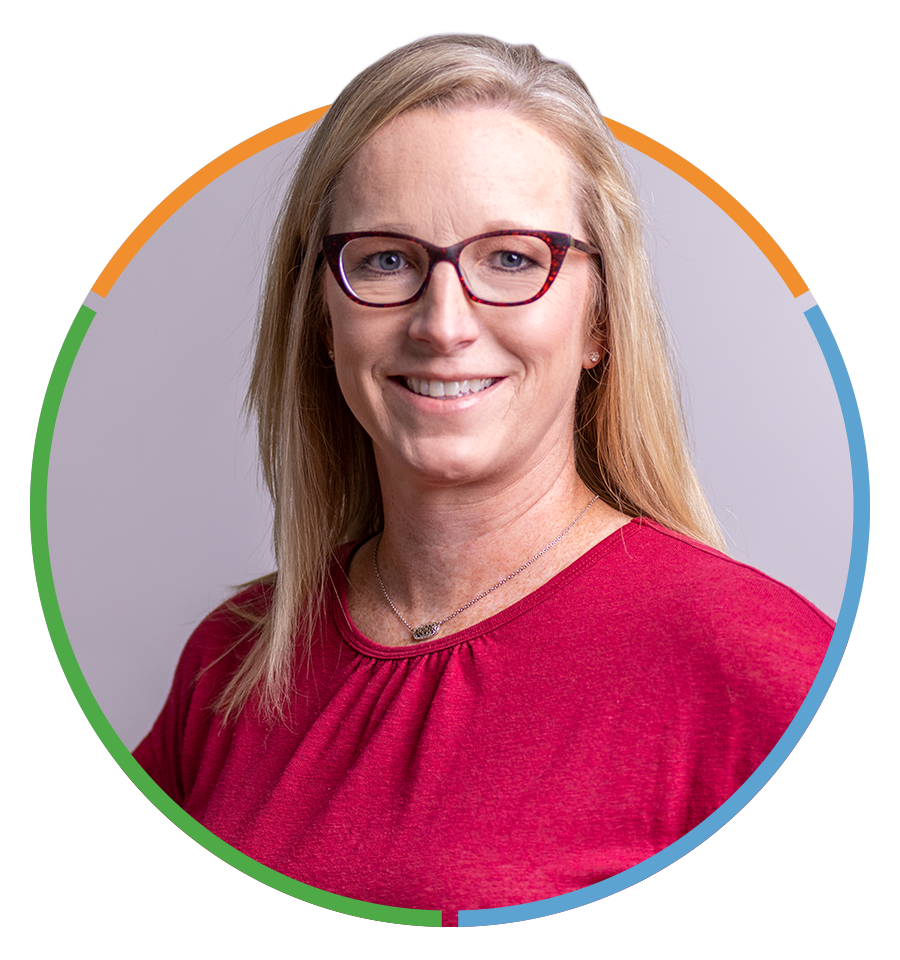Confessions of a Social Worker: Three Things I Wish I’d Known 20 Years Ago
Amanda Fisher
Joplin Area True Charity Director & Foundations Workshop Coordinator
Read more from Amanda
“You don’t know what you don’t know.” Although I have years of experience serving people in poverty, this perennial saying describes my recent effective charity awakening. My old view of charity grew out of my experience working in government-based programs, including mental health and in-home-based care. The majority of the clients I “helped” in my former roles were either at or below the poverty level. I unknowingly did some unhelpful things.
Let’s take a look at a few of my uncovered blind spots and you can be on the lookout for them in your own work.
![]()
Confession #1 – I often asked disempowering questions.
The questions asked of individuals living in poverty often point toward problems, deficits, and flaws, unintentionally ignoring both the inherent worth of every human created in God’s image and the capacity they have to be a part of their own solutions. I routinely asked what people’s problems were, which can be fine, but I failed to ask what capabilities they had. Notice the disempowering dynamic in my typical communication:
- You don’t have health insurance? OK, let’s see if your income is low enough for Medicaid.
- You are short on food? OK, let’s get you signed up for SNAP or send you to get free food at the food pantry.
- You don’t have a place to live? OK, let’s see if you qualify for HUD.
- You don’t have a job? OK, let’s see if you qualify for unemployment benefits.
- You aren’t able to work? OK, let’s see if you qualify for disability income.
- You can’t clean your own home? OK, let’s see if you qualify for state-based in-home care.
These types of “What’s-wrong-with-you” questions and “how-can-I-fix-it” answers are harmful both to the person in poverty and those attempting to help alleviate it.
![]()
Confession #2 – I assumed that all needs required emergency relief.
Most people have the capacity to meet their own material needs by using their own abilities and relationships. When people are in poverty, it could be a result of a short-term crisis, which requires emergency relief, or it could be that their capacity to provide for themselves is impaired. In that case, they need development of their capacity, not mere temporary provision. On other occasions, people have the capacity to provide for themselves, but request emergency relief anyway. A system that assumes everyone needs relief all the time is ripe for abuse and poor results. Here are a few examples of assumptions and the results I have experienced:
- A man reported needing help cleaning his bathroom and kitchen due to his disabilities. Caseworkers worked to get these services authorized through a government-funded program. Once authorized for the program, the caregiver noted that he was always in a hurry for her to finish the work so he could leave to tend to his extensive vegetable garden and work as a roofer for cash “under the table.” A developmental solution would address the root cause, be it lack of self discipline or skills training. Partnering with him (addressing chronicity) rather than doing for him (addressing crisis) to address the immediate need would encourage self-sufficiency over dependency.
- A woman reported that she needed food, so workers assumed that her need was dire rather than attempting to determine the exact extent. After signing up for several programs, she had so much government-subsidized and donated food that she had to buy an additional freezer and pantry. Even then, she had so much food that there was no way she could consume it before it spoiled. Because her need was addressed as if it was a crisis, workers missed the opportunity to help her develop by addressing her underlying fear of running out of food.
- A man lost his ability to work and stayed on disability and other government assistance for several years. Caseworkers assumed that he was forever unable to work, when in fact he had delayed scheduling his surgery. After someone finally dug a little deeper and encouraged him to get his surgeries scheduled and complete physical therapy, he was able to get back to the work he loved.
- Soup kitchen workers assumed a man who came daily for lunch did not have any other way to get a meal. The soup kitchen changed policy due to the pandemic and instead of hot meals they gave sandwich sack-lunches out the door. When asked why the man stopped coming for food, he said he was, “sick and tired of sandwiches,” and would rather eat his own food at home.
- A woman put her name on the list in need of yard work at each bi-annual community clean-up day. Volunteers showed up to complete the work while her capable adult son sat inside playing video games. Volunteers stepping in when the son was capable took away the opportunity to strengthen the bond between mother and son. A developmental approach would have been for volunteers to work alongside the son, teaching him skills so that he would be able to do future maintenance himself.
Had workers dropped their assumption that all needs are relief needs and investigated further, they could have found much better solutions. If the need is determined to not be relief (i.e., crisis) but is instead developmental (i.e., chronic), throwing money or other material goods at the problem is not the answer. Developmental needs can only be met by opportunities that expand capacity such as relationship building, budget counseling, work readiness training, goal setting, and spiritual growth.
![]()
Confession #3 – I focused on our activity, not our results.
Most nonprofits and churches will agree that looking at the statistics related to our services is important to determine success. In many churches and nonprofits, success is defined in terms of the number of individuals in our programs, how many meals served, and other similar outputs. While there is nothing wrong with tracking these outputs, I was rarely attending to outcomes – long-run results.
The importance of HOW we define success and WHAT we measure cannot be overstated. I measured:
- The number of budgeting classes offered and how many attended them.
- The number of completed home visits.
- The number of support groups offered and how many participated.
- The number of job skills classes offered and how many attended.
- The dollars billed and received from Medicaid.
Better measurements would be:
- The number of people able to complete a personal budget and amount of debt paid off as a result of budgeting classes.
- Measurements of improved health among those who no longer need home visits.
- Changes in social capital among those who participated in a support group.
- The number of people who developed a resume and got a job as a result of job skills classes.
- The number of people who no longer rely on Medicaid after gaining employment with health insurance benefits.
While we liked to tell ourselves our goal was to “work ourselves out of a job,” our actions did not reflect that aspiration. A more honest message was “we need to get more people on the program so we can bill more Medicaid dollars to be able to continue to pay our staff.” Private donors tend to reward nonprofits who can prove the program is changing lives. Thus, privately funded organizations have at least some pressure to show that people are graduating from their programs if at all possible. Government reimbursement structures compensate for the number of people remaining in the program. It made us feel good to say we wanted to work ourselves out of a job, but when our compensation grew with the quantity of the disabled who receive Medicaid and stayed in poverty, there was an underlying demand for people to remain in these conditions.
I didn’t know what I didn’t know.
Thanks in large part to a True Charity Foundations Workshop in my community, I started to see what I had missed before. Once I saw the problem with disempowering questions, assuming that all needs were relief needs, and defining success inaccurately, I found myself asking, “Where do I go from here?”
The good news is that there are effective alternatives. If you’re a part of a church or nonprofit that wants to move past these blind spots, our membership network offers tools and training to amplify your impact. If you’re already a member, check out our member’s portal to keep up to date with all of the tools we offer. And if you’d like us to bring a True Charity Foundations Workshop to your city, please reach out to me. There may be a leader in your community like me who doesn’t know what she doesn’t know.



